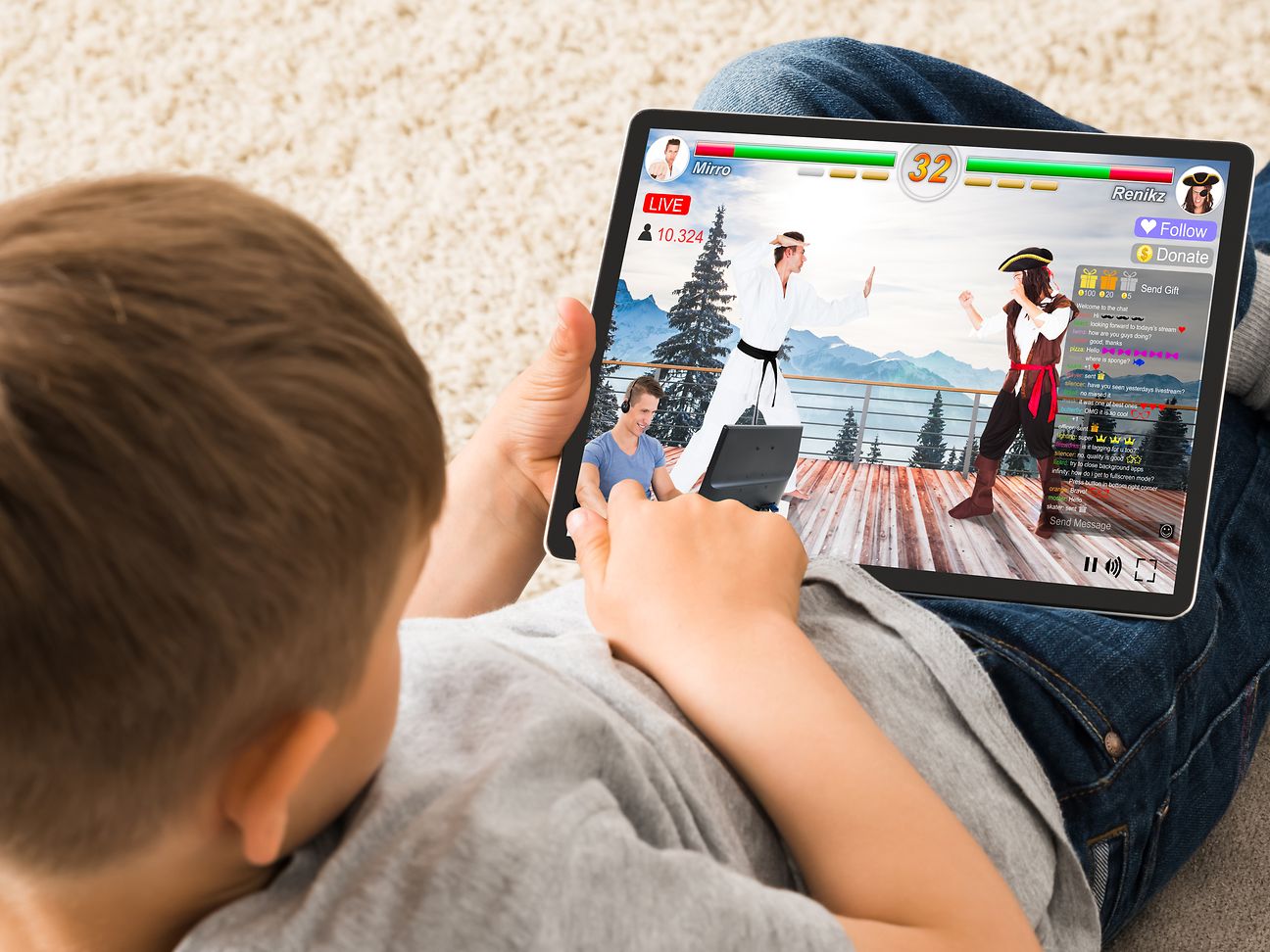

A safe space for families: We don't leave your kids to fend for themselves when gaming
Violence, sexism, hate: Some video game content can be problematic. How can gaming platforms protect children and teens against it? Deutsche Telekom has created a safe platform in MagentaGaming.
“Most families can’t imagine a world without video games. They are part of our day and age and serve one purpose above all: having fun. To provide positive entertainment and promote a positive attitude towards life, as well as togetherness, for people of all ages,” says Petra Hohmann, who is responsible for child and youth protection at MagentaGaming by Deutsche Telekom. More than 32 million Germans play games on their PCs, consoles, or smartphones. Unfortunately, in-game chats are increasingly being used to spread hatred and agitation, which leads to the division of society.
With its commitment against online hate, Deutsche Telekom watches out for when the fun stops in gaming. The company also takes responsibility in its gaming offering, MagentaGaming. Its clear objective is to better protect children and teens on its platform.
MagentaGaming provides a safe space for families
The protection of children and teens has been a feature of MagentaGaming from the beginning. After all, the platform wants to offer something for the whole family. Something that parents can let their children play without worry. That’s why the platform has been designed to be a safe space for families. That means: free of hate speech, racism, sexism, and other toxic behavior. As MagentaGaming sees it, such things have no place in the gaming world.
And it looks like MagentaGaming has succeeded in its efforts to create a safe space: for its commitment, the platform has been awarded the seal of approval for youth protection by FSM e.V. This non-profit organization is a recognized institution that implements the Interstate Treaty on the Protection of Minors in the Media. MagentaGaming is one of only seven platforms in Germany to receive this seal of approval – and the only gaming platform to do so, in fact, alongside providers like Netflix and Disney+.
How does child and teen protection work at MagentaGaming?
A gaming platform has to do quite a bit to earn the seal: It has to protect children against problematic content effectively. It also has to differentiate between different age levels. And last but not least, it has to have state-of-the-art technology and be easy to use.
To implement these requirements, MagentaGaming follows the age recommendations of USK, the voluntary German age classification system. If a video game is rated “USK 6”, for example, the game is suitable for children six years and up. Parents configure a separate profile for each of their children directly on the platform. Setting their age is part of this process. When a child is then online, it only sees the games that have been approved for their age level.
Nonetheless, it is important for parents to find out for themselves whether a given game is right for their child. After all, every child has different needs and their own pace of development. This includes trying out the games yourself. Hohmann emphasizes: “All the games on the platform have been played and tested by us. We don’t put any games online that we haven’t seen for ourselves.”
No hidden costs for kids
The integrated child protection PIN is one of the most important security features. This PIN serves to identify an adult. And only adults are able to play games rated 18 years and up on MagentaGaming and configure profiles for children. MagentaGaming also makes sure that kids don’t incur hidden costs, because only adults can make in-game purchases.
This doesn’t limit the selection, however: Around 70 percent of the games in the portfolio are for the USK age groups 0, 6, and 12. Examples include “El Hijo”, the son, which most recently won the German Video Game Award in the category “Best Family Game”. In this game, a six-year-old boy is trying to find his mother. But he doesn’t have to injure or kill his opponents along the way, as is the case in so many video games. Instead, the boy sneaks along clever paths or distracts his opponents with his slingshot. Among its other features, this game proves that things can be different: that violence isn’t necessary.
On topicNo Hate Speech
How parents can protect their children in gaming
